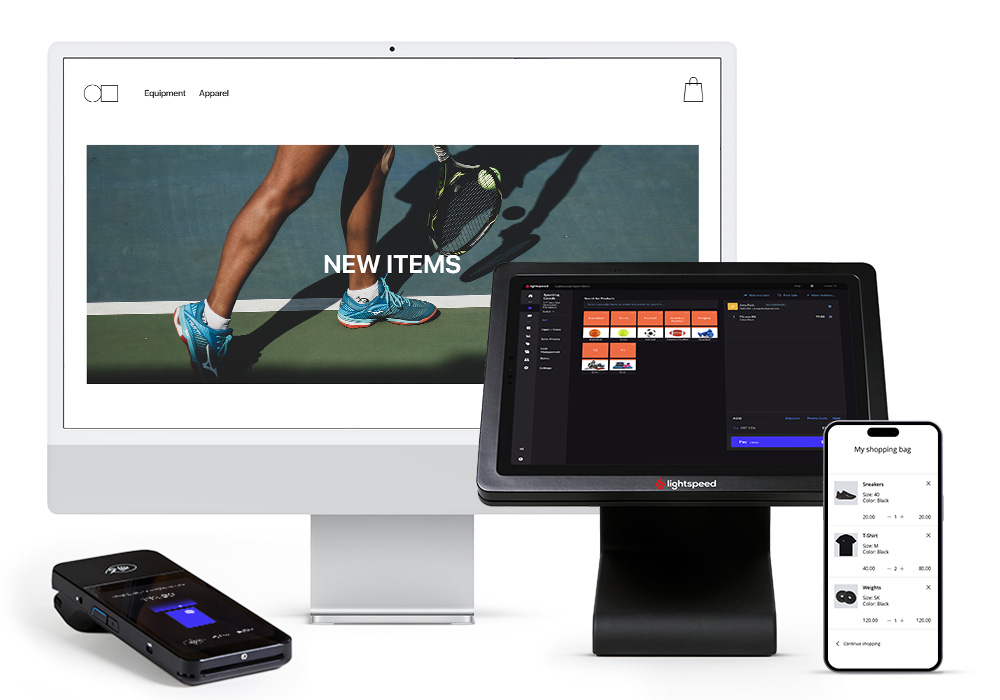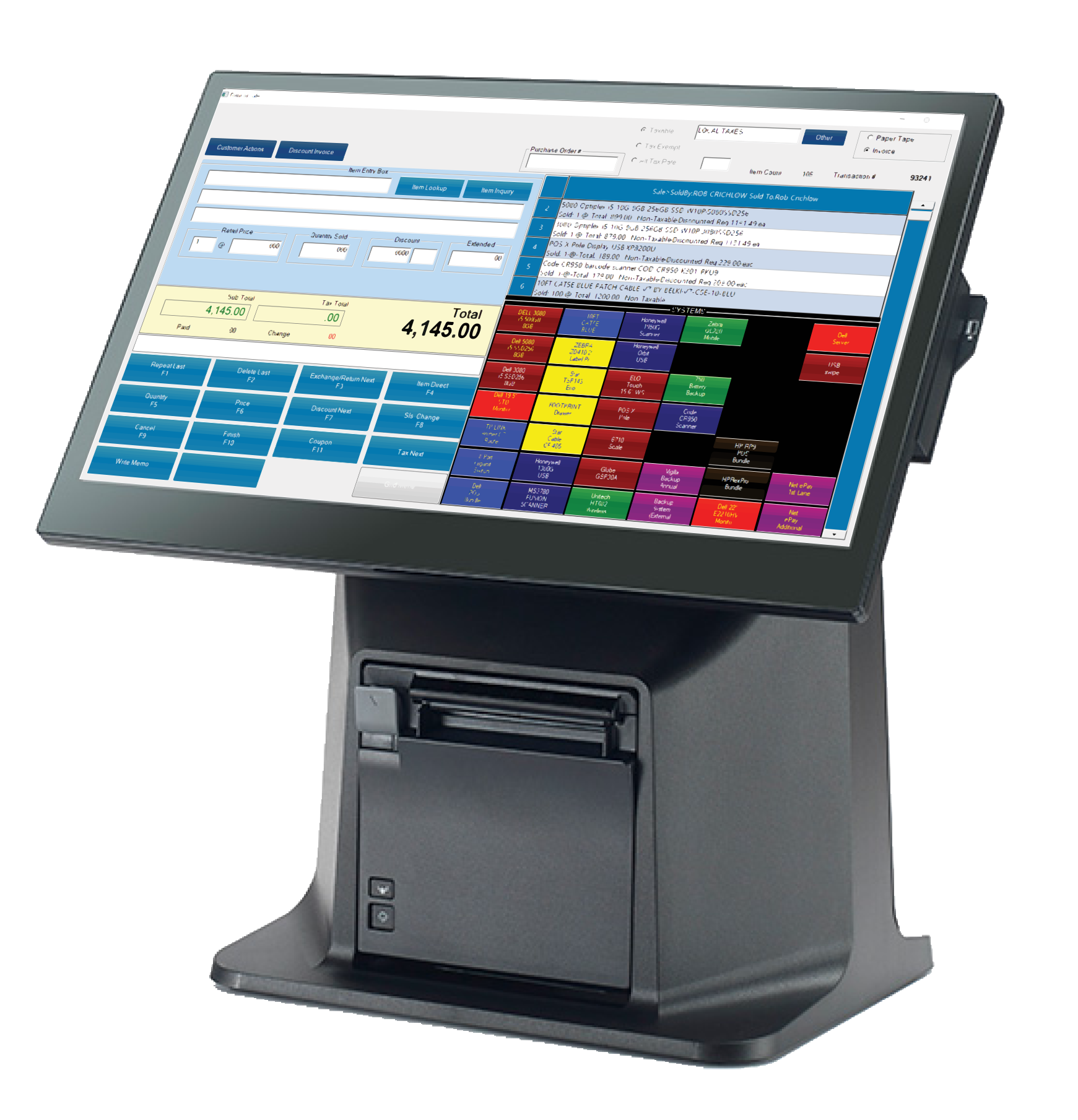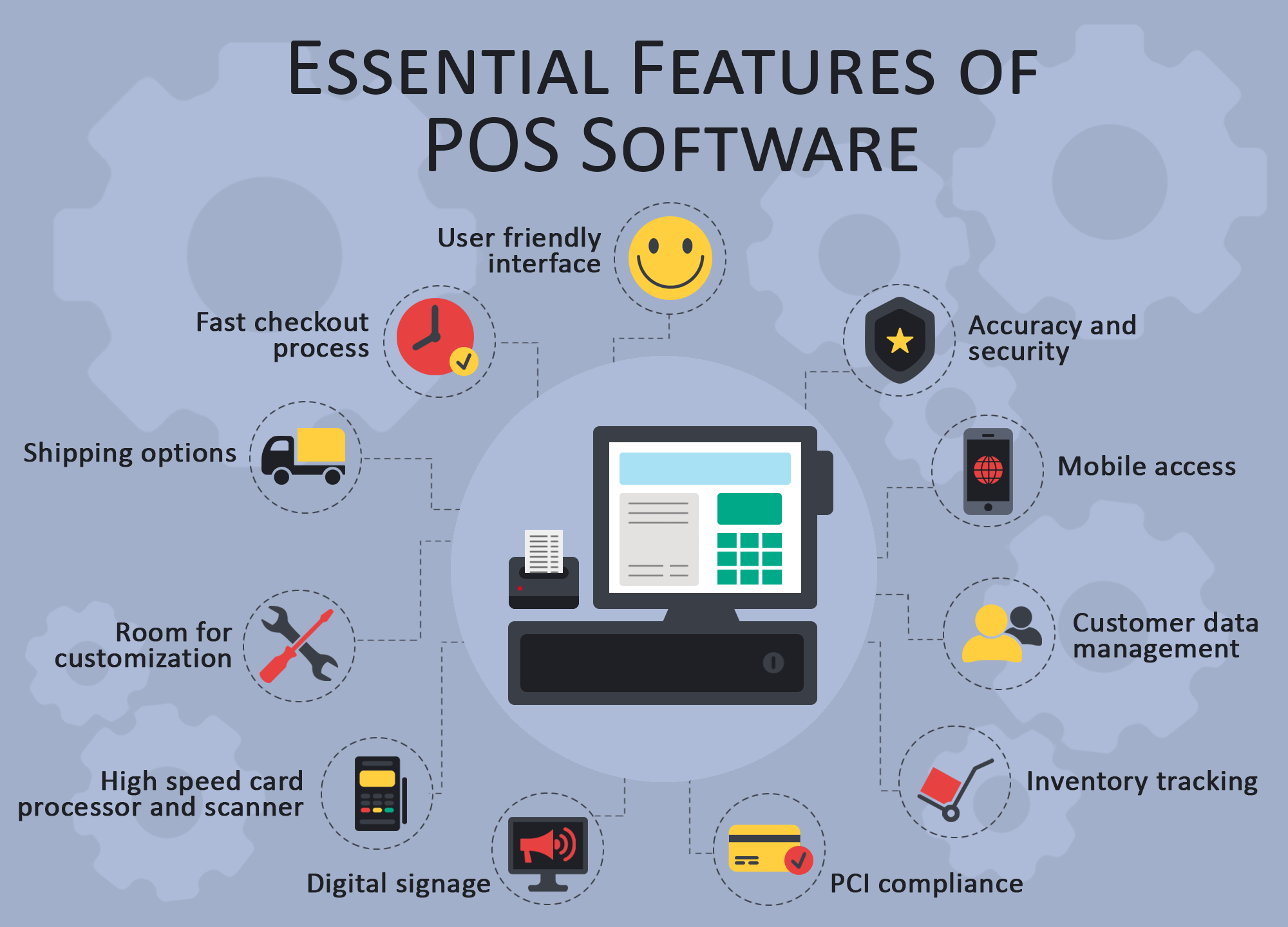Exactly How POS System Functions: A Comprehensive Overview for Entrepreneur

Recognizing the Elements of a POS System

Exactly How Sales Transactions Are Processed
When a customer decides to make an acquisition, the sales deal launches a collection of methodical actions within the POS system. Initially, the cashier inputs the items being purchased, which are scanned via a barcode reader or manually gone into. This activity fetches product details, including pricing and applicable taxes, from the system's database.Next, the client exists with the complete amount due. The POS system after that processes the settlement, whether via money, charge card, or mobile repayment approaches (Restaurant POS Software). For digital payments, the POS firmly communicates with settlement processors to accredit and validate the transaction.Once the repayment is confirmed, the system produces a receipt, which can be published or sent out electronically. This receipt functions as receipt for the consumer. Ultimately, the deal data is videotaped in the system, making certain precise sales documents and financial monitoring for business
Inventory Management and Tracking

Efficient inventory administration and monitoring are important parts of a POS system, as they guarantee that businesses preserve optimal supply degrees and minimize disparities. A durable POS system enables real-time inventory updates, showing sales and returns immediately. This enables company owner to check supply levels precisely, making certain that prominent things are easily offered while stopping overstocking of much less prominent products.Additionally, progressed POS systems supply functions such as computerized stock signals and reorder suggestions, improving the purchase procedure. Barcoding and RFID technology improve precision in tracking supply motion, lowering human mistake. Comprehensive reporting tools provide insights into inventory turnover rates, helping businesses make notified decisions about acquiring and product offerings. Inevitably, efficient inventory administration via a POS system not just improves functional efficiency but also boosts customer complete satisfaction by making certain product schedule.
Analyzing Client Data and Insights
Customer data analysis works as a powerful device for services using a POS system (Restaurant POS Software). By accumulating and examining purchase data, services can uncover beneficial understandings concerning customer habits and choices. This evaluation allows them to recognize buying trends, peak shopping times, and preferred products, therefore informing inventory choices and advertising strategies.Additionally, companies can section their client base, enabling individualized advertising and marketing efforts that deal with particular demographics or acquiring practices. Recognizing customer commitment patterns also aids in developing targeted rewards and promotions programs.The information gleaned from a POS system can also reveal understandings right into client comments, allowing companies to make educated decisions relating to product offerings and solution enhancements. Ultimately, leveraging consumer data effectively can enhance the general purchasing experience, foster consumer complete satisfaction, and drive earnings development
Benefits of Executing a POS System

Frequently Asked Questions
What Kinds Of Businesses Can Profit From a POS System?
Various organizations gain from a POS system, consisting of stores, dining establishments, beauty salons, and ecommerce platforms. These systems enhance deals, stock monitoring, and customer information, improving functional performance and improving consumer experience across varied sectors.
Just how much Does a POS System Normally Expense?
The cost of a POS system usually ranges from a couple of hundred to several thousand bucks, depending upon features, equipment, and software. Companies must take into consideration ongoing costs for assistance, maintenance, and transaction processing when budgeting.
Can I Incorporate a POS System With Existing Software?
Incorporating a POS system with existing software is usually feasible. Many systems use APIs or integrated compatibility attributes, permitting businesses to improve procedures and boost functionality by linking numerous software program applications efficiently.
What Training Is Needed for Staff to Use a POS System?
Training for personnel to use a POS system normally includes understanding software program functionalities, refining deals, managing stock, and managing client communications. Practical presentations and hands-on practice sessions improve proficiency and confidence in operation the system properly.
What Happens if the Web Drops While Utilizing a POS System?
Purchases might be disrupted if the net goes down throughout POS system use. Numerous systems supply offline capabilities, enabling standard operations to continue, however website complete performance, including real-time stock updates, will certainly be limited. A Point of Sale (POS) here system is composed of several crucial components that function together to assist in deals and take care of company operations. Reliable stock monitoring and tracking are vital elements of a POS system, as they assure that companies preserve ideal supply degrees and decrease discrepancies. Customer data evaluation offers as an effective tool for services utilizing a POS system. Understanding client loyalty patterns also aids in creating targeted promotions and incentives programs.The data obtained from a POS system can likewise expose understandings click here into customer comments, allowing organizations to make enlightened choices concerning item offerings and solution improvements. Implementing a POS system uses numerous benefits that can substantially enhance service operations.